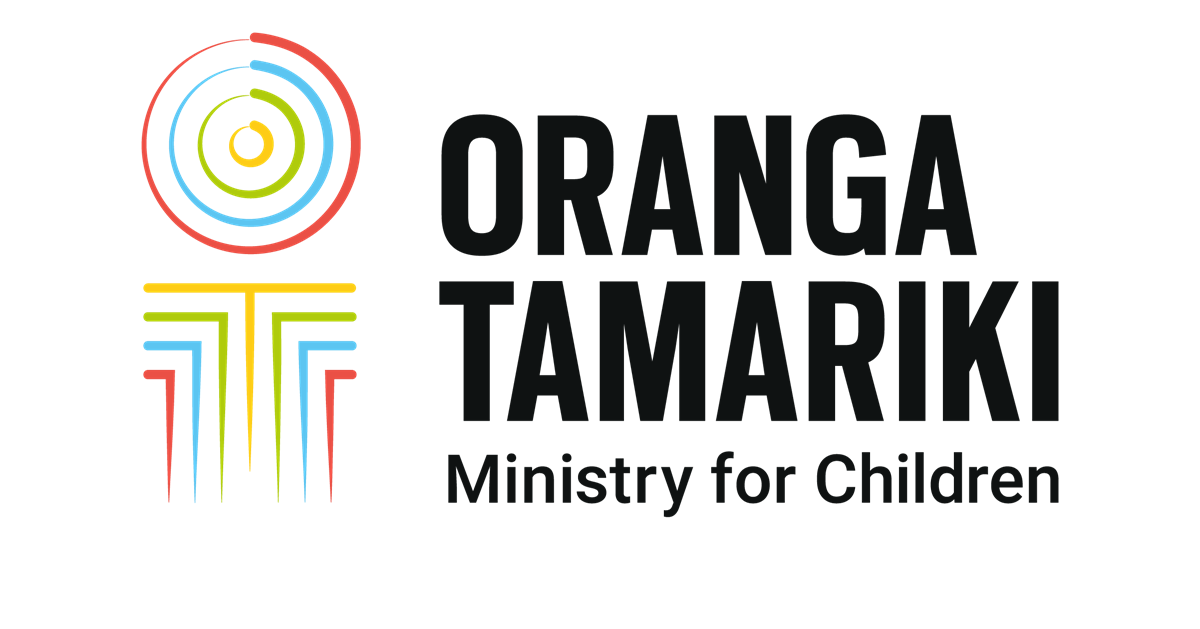Prevalence of Harm to Children and Protective Factors
Published: August 28, 2023 · Updated: August 28, 2023
This analysis presents what we can know about harm to children and young people in New Zealand, as well as protective factors, through a data driven lens.
It pulls together information on harm and protective factors from a number of sources, including Oranga Tamariki, Police, Stats NZ, the Ministry of Health, and the Ministry of Education.
Background
The indicators here start to provide a picture of how safe tamariki in Aotearoa New Zealand are, and how this is tracking over time. Indicators include victims reporting to NZ Police, potentially avoidable hospitalisations, and police investigations of family harm.
The indicators of protective factors, including early childhood education (ECE), health (vaccinations), feeling safe, and being able to express one’s identity, highlight the importance of collective agency work to make a difference for the longer-term wellbeing of tamariki.
Key findings
Key trends for prevalence of harm include:
- The number of young people (aged 0-19) reporting sexual assaults and related offences decreased by 5% in the 12 months ending June 2022.
- There was a significant increase in the number of potentially avoidable hospitalisations for young people (aged 0-17) in the year ending June 2021, on the previous year which had seen a decrease possibly related to existing COVID-19 Alert Level restrictions.
- The number of young people (aged 0-19) who died as a result of assault and self-harm injuries increased slightly between 2016 and 2018.
- The number of Police family harm investigations where a child or young person is identified as a victim has been decreasing substantially over time, from 2,733 in 2015, to 1,401 in 2021.
- The number of children and young people (aged 0-17) with a substantiated abuse or neglect finding has decreased substantially over time, from 18,595 in 2013, to 10,426 in 2022.
Key trends for protective factors include:
- The proportion of children attending Early Childhood Education has been decreasing over the last 4 years.
- 71% of children in school-year 8 were without cavities in 2021, an improvement from 54% in 2013. The proportion of 5-year-olds without cavities has remained relatively stable over time, at 58% in 2021.
- There was a general decrease in the proportion of children vaccinating at all recorded immunisation ages in the past two years. This decline may be related to the decrease in vaccine access and outreach programmes following reallocation of resources during the COVID-19 vaccine rollout.
- Significantly more than half of school-aged children in 2021 reported the presence of a range of different protective factors in their lives.
Next steps
We expect that the planned work to implement the Oranga Tamariki Action Plan will build a deeper understanding of the underlying factors at play with a view to identifying what can be done to further promote wellbeing. The data will continue to be updated on an ongoing basis.

